Five new species of fauna recorded in Pulau Ubin
A pair of white-and-greyish brown Little Stints, a species of shorebirds usually seen in South Asia which migrate southwards from the Arctic to escape the harsh winter, were among five new species of fauna spotted in Pulau Ubin for the first time in the past year, said the National Parks Board (NParks) on Sunday (June 24).
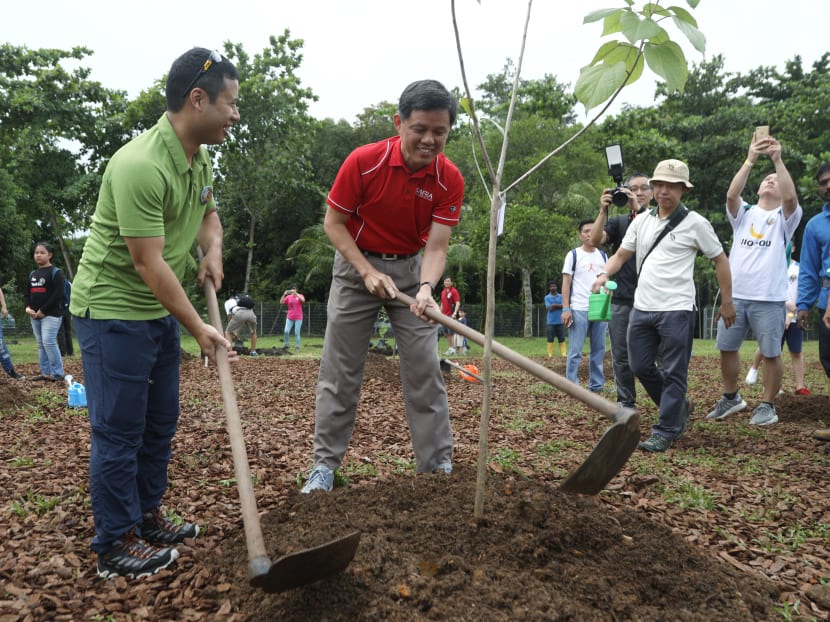
Ministers Chan Chun Sing and Desmond Lee attended Ubin Day 2018 where they toured Ubin Living Lab facilities and took part in community tree planting.
SINGAPORE – A pair of white-and-greyish brown Little Stints, a species of shorebirds usually seen in South Asia which migrate southwards from the Arctic to escape the harsh winter, were among five new species of fauna spotted in Pulau Ubin for the first time in the past year, said the National Parks Board (NParks) on Sunday (June 24).
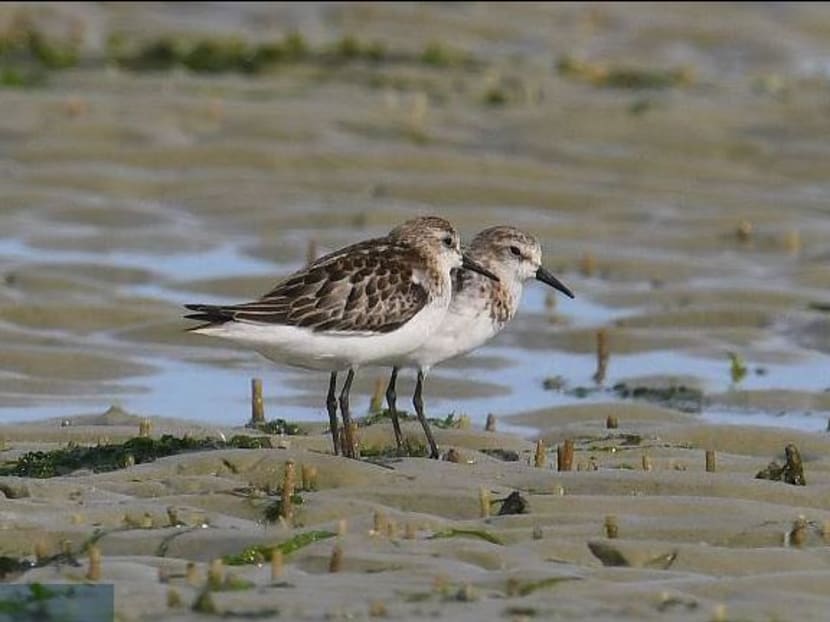
Photo of the Little Stints spotted in Ubin. Photo: National Parks Board
Shorebird experts had identified the pair among some 300 birds by their white-and-greyish brown patterned feathers and their upright posture during a survey at the Chek Jawa wetlands.
Along with a number of migratory birds that are regularly found at Chek Jawa, this suggests that the island off eastern Singapore is a possible stopover for migratory birds along the East Asian-Australasian Flyway, said NParks group director of conservation Adrian Loo during the annual Ubin Day.
Dr Loo said the new records could mean that the recent scientific surveys conducted by various group had helped identify species that were already present on the island, but had yet to be identified and recorded.
Likewise, it also suggests that Pulau Ubin is conducive enough for biodiversity to stop by or find a home here, he noted.
The new records include the sightings of two species of bats – the Long-winged Tomb Bat and the Big-eared Pipistrelle – that were identified during a field survey at Chek Jawa last December. The bats, which feed on insects, are usually found in the region.
An NParks staff also discovered the Arrow Emperor dragonfly last October when the insects flew into their office on the island. About 11cm long, this species has a distinct T-shaped mark on the area between the insect’s eyes.
The last new record on Ubin was the Racoon Pseudo-orb Weaver, which was discovered by NParks and the research community in a young secondary forest on the island last year. The long-legged spider, which has been seen in Indonesia and Malaysia, has patterns that resemble that of a raccoon tail.
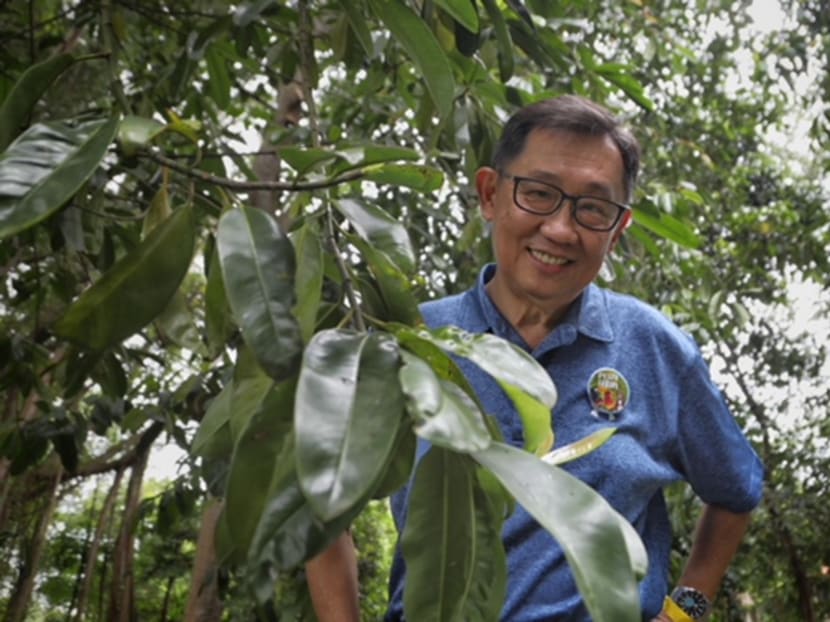
Mr Joseph Koh, NParks Honorary Research Associate at the National Biodiversity Centre, said there are about 140 species of spiders on Pulau Ubin alone, compared to an estimated 800 species of spiders in Singapore.
The thriving community of spiders on the island also shows that there is a healthy biodiversity on the island, he added.
To date, the island is home to 730 native plant species, more than 300 species of mammals, birds, reptiles and amphibians, as well as 240 species of butterflies, dragonflies and damselflies.
In his speech at Ubin Day, Second Minister for National Development Desmond Lee said some progress has been made in enhancing the facilities and services on the island since NParks became the central managing agency two years ago.
This includes improving the earth tracks and drains on the island and the board is in the process of setting up compact water treatment units to treat water from the taps at all public toilets, added Mr Lee, who is also the Minister for Social and Family Development.
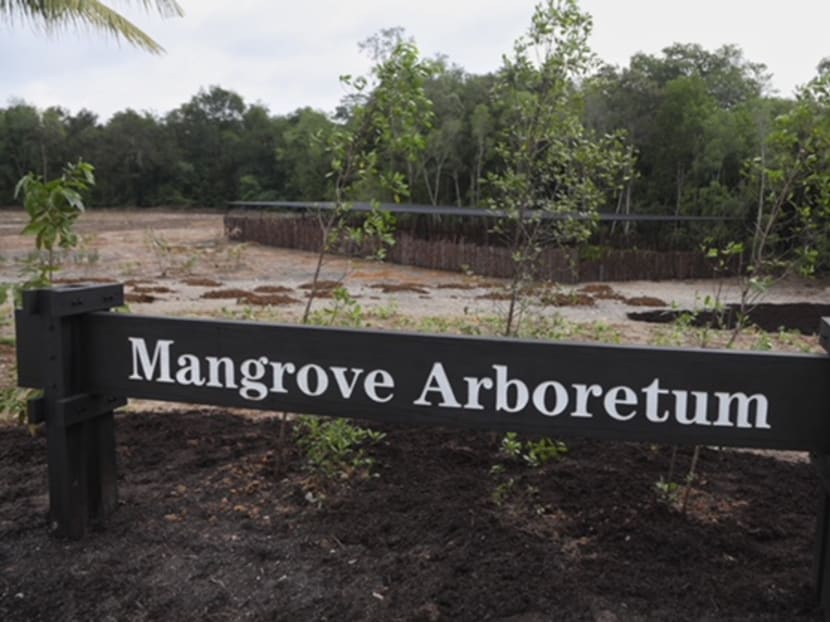
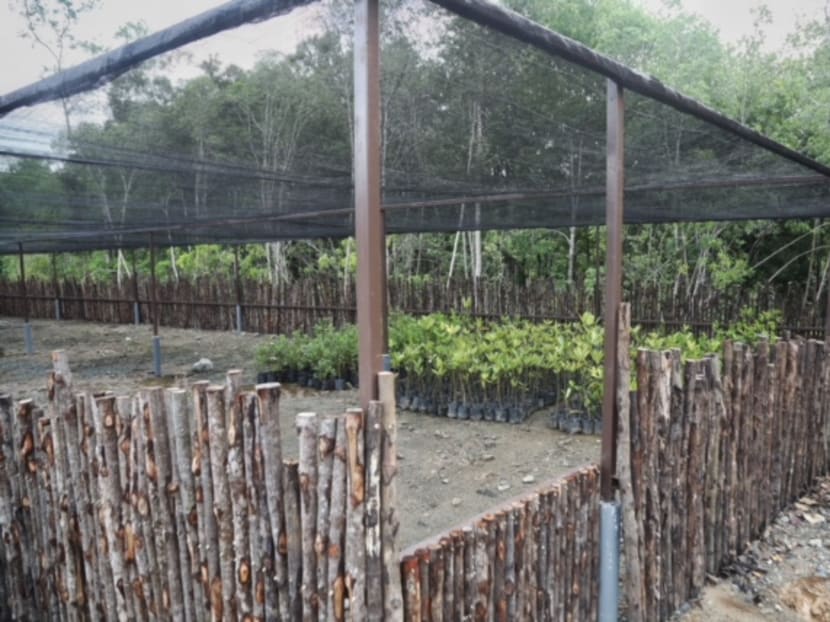
NParks also completed the mangrove arboretum and nursery at the Ubin Living Lab, a learning facility set up two years ago for education and research. The lab will also host new outreach activities for the public.
A carpentry working space was also added to the lab to let community groups carry out preparation work for the various restoration projects.

For instance, students from the National University of Singapore’s Department of Architecture are using the facility as they help rebuild a 23-year-old kampong drink stall on the island.






